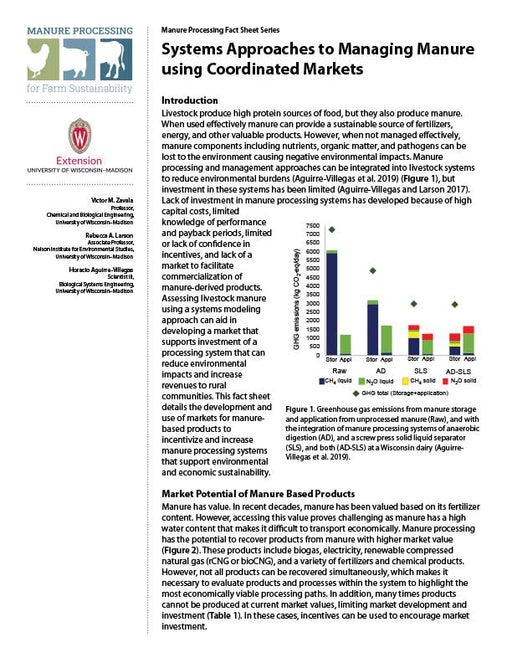Farmland Conservation Choices
This detailed guide features 26 common conservation practices. It explains how each practice works and how it helps improve a farm, lists things to think about when considering the practice, and points out basic maintenance needs. Some of the most profitable practices, like nutrient or pest management, require little or no financial investment, can reduce expenses, and may go the farthest toward protecting water quality. Other practices may not have an immediate payback in terms of increased farm income, but pay off in other ways through cleaner water, more wildlife, long-term soil conservation, and improved quality of life. This publication can be a first step in developing a farm conservation plan. Look through the practices and see which ones might fit into your farm operation (32 pages; 1998).
Practices include: crop rotation, crop residue management, contour buffer strips, contour farming and strip cropping, cover crops, field borders, managed grazing, pasture planting, grass waterways, grade stabilization structures, water and sediment control basins, critical area planting, diversion, terrace, manure storage and runoff control, nutrient management, pest management, well abandonment, riparian buffers, streambank and shoreline stabilization, wetland restoration, windbreaks, woodlot management, tree planting, wildlife food plots, and upland wildlife habitats.






